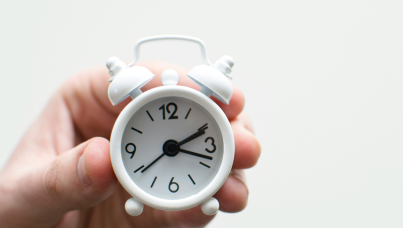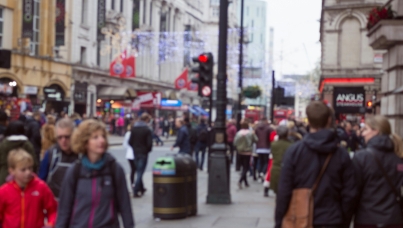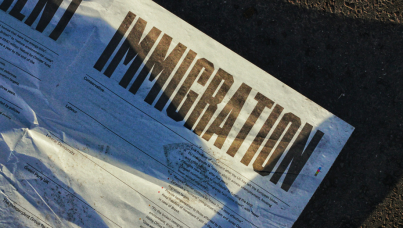Can it really be second time lucky at the polls for Corbyn?
Parliament’s repeated rejections of the withdrawal agreement have led to speculation once again of an early general election. There’s reason to be sceptical, however, in the ability of both the Conservative and Labour parties to win a working majority in parliament – the most recent Ipsos Political Monitor has both parties at 38 per cent.
But in any case there’s probably too much attention paid to voting figures especially at this stage of a political cycle. Instead we should look at the whole suite of polling indicators, including views on the parties, policies, the economy and of course the leaders.
Our latest figures saw Jeremy Corbyn’s ratings continue to slide, but in response many rightly say that a campaign can change everything. After all, who could have predicted the leap in Jeremy Corbyn’s personal ratings in the 2017 election campaign while Theresa May’s plummeted? But would this be repeated next time? Ipsos’s historic leadership satisfaction ratings, going back as the 1979 election, can tell us a bit more about how leaders do during an election campaign, especially second time round.
We’ve looked at changes in our monthly satisfaction ratings over the four months before an election.
In 2017 Jeremy Corbyn recorded the biggest positive swing over a campaign period of any leader when it comes to net leadership satisfaction scores of 13.5 points, but this is only slightly more
than James Callaghan’s 12.5 positive swing from January to April 1979. Several leaders have also managed smaller but still notable short-term swings — this includes Margaret Thatcher in 1987, Michael Foot in 1983, Neil Kinnock in 1992, Michael Howard in 2005, and both David Cameron and Ed Miliband in 2015.
It’s also worth noting that while opposition leaders tend to improve more over the few months before an election than prime ministers, the picture is slightly different if you look at the whole year running up to an election.
Over that longer period, we see if anything slightly more improvements among prime ministers, than we do among opposition leaders suggesting that while opposition leaders may benefit from the short term increased focus on them during a campaign, prime ministers can also see their ratings improve when voters stop blaming them in peacetime and start to consider their merits in an election scenario when the choice between two leaders becomes more stark.
What does our data show for leaders who have fought more than one campaign? Since 1979 five leaders have led more than one election campaign: Thatcher, Kinnock, Major, Blair and Cameron.
Only Neil Kinnock had a better second election campaign in absolute terms than he did his first (although Margaret Thatcher’s rating in 1983 matched her score in 1979). This shows that although it’s not unusual for party leaders to achieve a positive swing during an election campaign — and in fact, several have seen a bigger rate of improvement in later campaigns than their first — it’s still more uncommon for a party leader to do better overall the second time around.
On the other hand, maybe this is an issue that particularly faces prime ministers as the main exception to the rule — Neil Kinnock in 1987 — is also since 1979 the only example so far of a leader of the opposition who has run in two campaigns.
So what does looking through this historical lens tell us? Firstly, that there is little reason why we shouldn’t expect Jeremy Corbyn’s ratings to improve from their current low base again. It’s not particularly unusual for party leaders to see their ratings rise as we get closer to an election, and he’s already shown in 2017 that he can be more successful than most in achieving this.
However, the big question is whether he can do it again to the same extent as he did in 2017. Margaret Thatcher had a big positive swing in her favour in 1986-87, and Neil Kinnock did better in ’92 than in ’87, but even then of course he did not manage to overtake John Major.
Which raises another final point: opposition leaders aren’t the only ones who see boosts in their leadership ratings during an election (especially if we take a longer-term view). However given the current political impasse over Brexit, there’s a lot that can happen between now and the next election that can affect the ratings of both the Labour and Conservative leaders.



